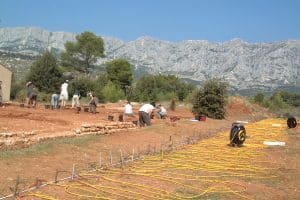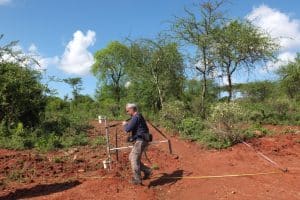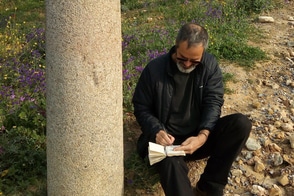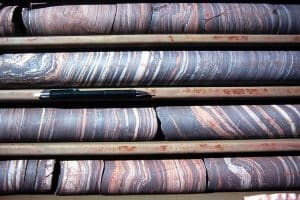Earth magnetism
Characterise the temporal and spatial variations of the Earth's magnetic field
This line of research is interested in the spatial and temporal fluctuations of the Earth's magnetic field (CMT) in order to understand their origins. This involves paleo and archaeo-magnetic studies (in direction and intensity) of lava flows, archaeological terracotta and sedimentary series.
Understanding the functioning of geodynamics requires a detailed description of the temporal and spatial variations of the Earth's magnetic field. We characterise these variations on several scales: from one month to one thousand years, from samples to lithospheric sources.
Our recent work focuses on :
- the palaeomagnetic and archaeomagnetic study of samples from areas poorly represented in global databases
- the high resolution of the secular variation of the CMT during the last million years thanks to the coupling between palaeomagnetism and 10Be concentration in sediment cores
- the study of the magnetic properties of rock and sediment samples: archaeological (ancient granite column shafts) and geological (magnetostratigraphy) applications
- numerical geological modelling constrained by magnetic field data and magnetic sample measurements
- geophysical prospecting on archaeological and/or geological sites
- the study of the influence of thermodynamic conditions on the magnetisation of rocks: a unique experiment to measure samples under crustal pressure
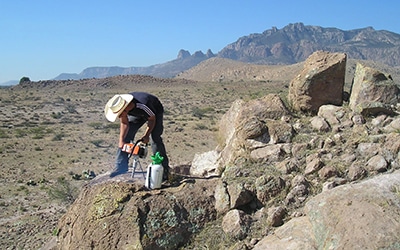
Projects
2021-2022: (Municipality of Martigues, Rochette)
petrographic studies of protohistoric sculptures discovered around the Etang de Berre2020-2021 : VSM (Metropole, Rochette)
Purchase Vibrating Sample Magnetometer2020-2021 : FCGM (Arkaia, Rochette)
Granite column shafts: markers of trade in the western Mediterranean from antiquity to the modern era
www.univ-amu.fr/fr/public/fcgm


